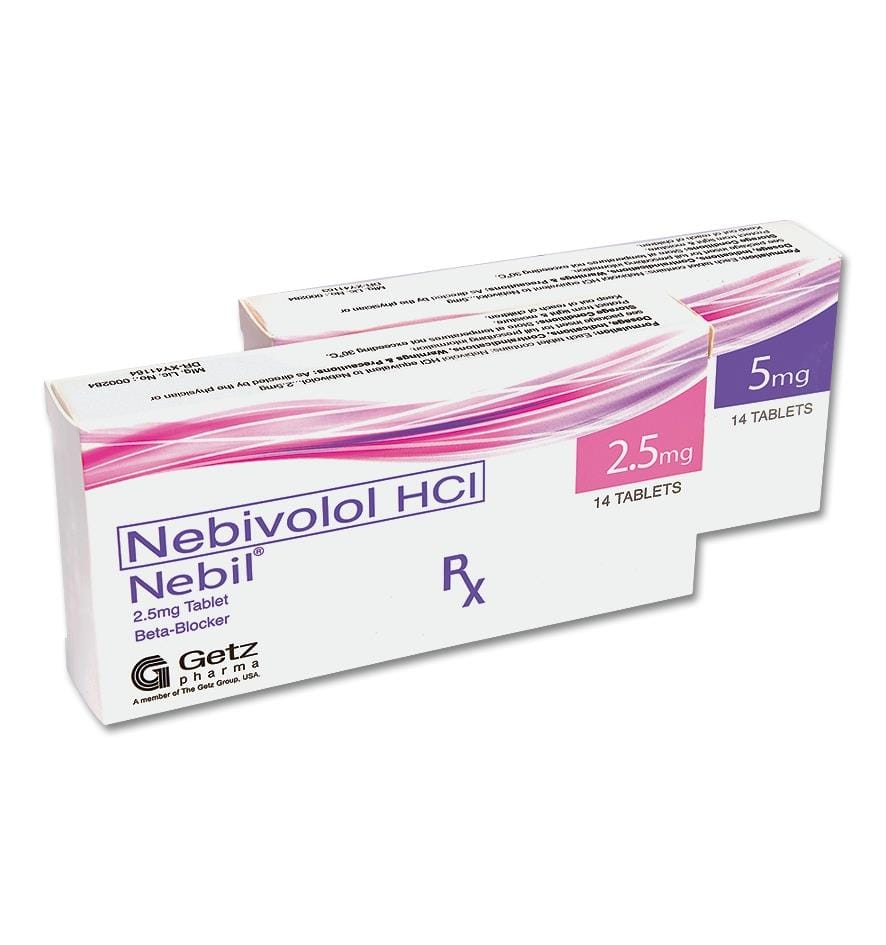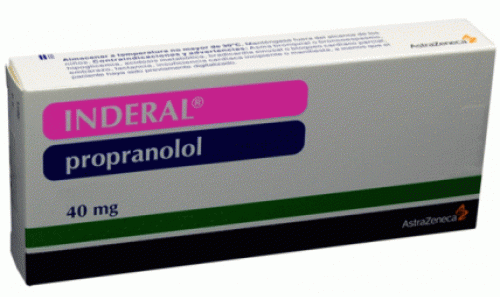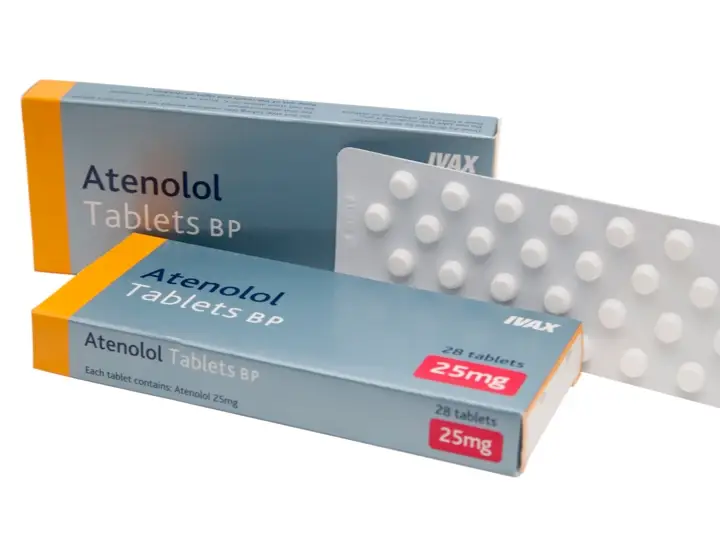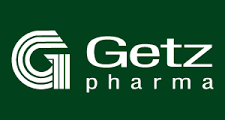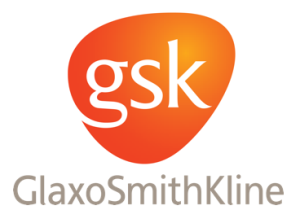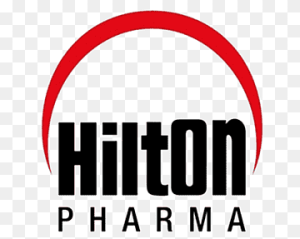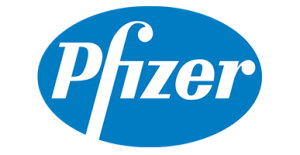No products in the cart.
Nebivolol a novel beta blocker, available under the brand names of Nebil, Nebix and Byvas etc. is more selective for beta1-adrenergic receptors than other drugs in this class and has a unique, not found in other beta-blockers now available to doctors, nitric oxide (NO)-potentiating, vasodilatory effect.

